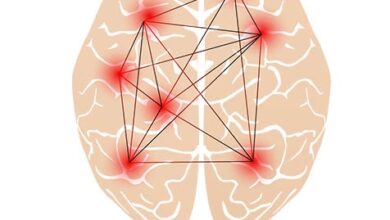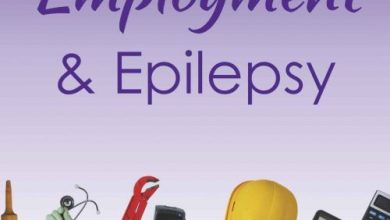
Epilepsy is a neurological disorder that affects people of all ages, including children. It is characterized by recurrent seizures caused by abnormal electrical activity in the brain. Epilepsy in children can be a challenging condition for both the child and their family, but with early recognition of warning signs and comprehensive support, it is possible to manage the condition effectively and improve the child’s quality of life.
1. Understanding Epilepsy in Children:
Epilepsy in children can manifest in various ways, and the type and severity of seizures can differ from one child to another. Seizures can be of different types, such as generalized seizures (affecting the whole brain) or partial seizures (affecting only one part of the brain). Some children may experience absence seizures, where they briefly lose awareness and seem to stare into space, while others may have convulsive seizures, characterized by sudden jerking movements.
2. Early Warning Signs:
Recognizing early warning signs of epilepsy in children is crucial for prompt medical evaluation and intervention. Some common warning signs include:
– Staring spells or periods of unresponsiveness
– Sudden jerking movements of the arms or legs
– Temporary confusion or difficulty communicating
– Repetitive movements, such as hand rubbing or lip smacking
– Loss of bladder or bowel control during a seizure
If a child exhibits any of these signs, parents or caregivers should seek medical evaluation as soon as possible to determine if epilepsy is the underlying cause.
3. Medical Evaluation and Diagnosis:
When a child shows signs of epilepsy, it’s essential to consult a pediatrician or a pediatric neurologist. The healthcare provider will conduct a thorough medical history, perform a physical examination, and may order tests such as an electroencephalogram (EEG) to record brain activity during seizures. Brain imaging studies like MRI (Magnetic Resonance Imaging) may also be conducted to identify any structural abnormalities in the brain that may be causing the seizures.
4. Developing a Seizure Action Plan:
Once a diagnosis of epilepsy is confirmed, the child’s healthcare team will work with the family to create a seizure action plan. This plan outlines what to do during a seizure, how to keep the child safe, and when to seek emergency medical attention. It is essential for parents, caregivers, and teachers to be familiar with the seizure action plan to ensure the child’s safety and well-being.
5. Medication and Treatment:
In many cases, epilepsy in children can be managed effectively with antiepileptic medications. The healthcare provider will prescribe medications based on the type and frequency of seizures. It’s crucial for parents to administer the medication as prescribed and to report any side effects or concerns to the healthcare team. Regular follow-up appointments are essential to monitor the child’s response to treatment and make any necessary adjustments.
6. Supportive Care:
Living with epilepsy can be challenging for children and their families. Providing emotional support, understanding, and encouragement can help children cope with the condition better. Parents can also seek support from epilepsy support groups to connect with other families facing similar challenges. It’s important to reassure the child that having epilepsy does not define them, and they can lead a fulfilling life like any other child.
7. Managing Triggers:
Certain factors can trigger seizures in children with epilepsy. These triggers may include lack of sleep, stress, certain foods, or flickering lights. Identifying and avoiding these triggers can help reduce seizure frequency and improve the child’s overall well-being.
8. Educating Teachers and Caregivers:
Informing teachers, school staff, and other caregivers about the child’s epilepsy is crucial to create a safe and supportive environment. Educating them about the condition, the child’s seizure action plan, and what to do during a seizure can ensure that the child receives appropriate care and assistance at school or daycare.
9. Lifestyle Modifications:
In addition to medication, lifestyle modifications can play a significant role in managing epilepsy in children. Encouraging regular sleep patterns, a balanced diet, and regular physical activity can contribute to overall well-being and potentially reduce seizure frequency.
10. Monitoring and Regular Check-ups:
Children with epilepsy require regular check-ups with their healthcare provider to monitor their condition and adjust medication if needed. The healthcare team will evaluate the child’s progress, review seizure frequency, and ensure that the treatment plan is still effective and appropriate.
Conclusion:
Epilepsy in children requires early recognition, prompt medical evaluation, and comprehensive support to manage the condition effectively. With the help of healthcare providers, family, and a supportive community, children with epilepsy can lead fulfilling lives and reach their full potential. Recognizing early warning signs, developing a seizure action plan, providing emotional support, and making necessary lifestyle modifications are essential steps in helping children with epilepsy thrive. By working together and offering comprehensive support, we can create a safe and nurturing environment for children living with epilepsy.




